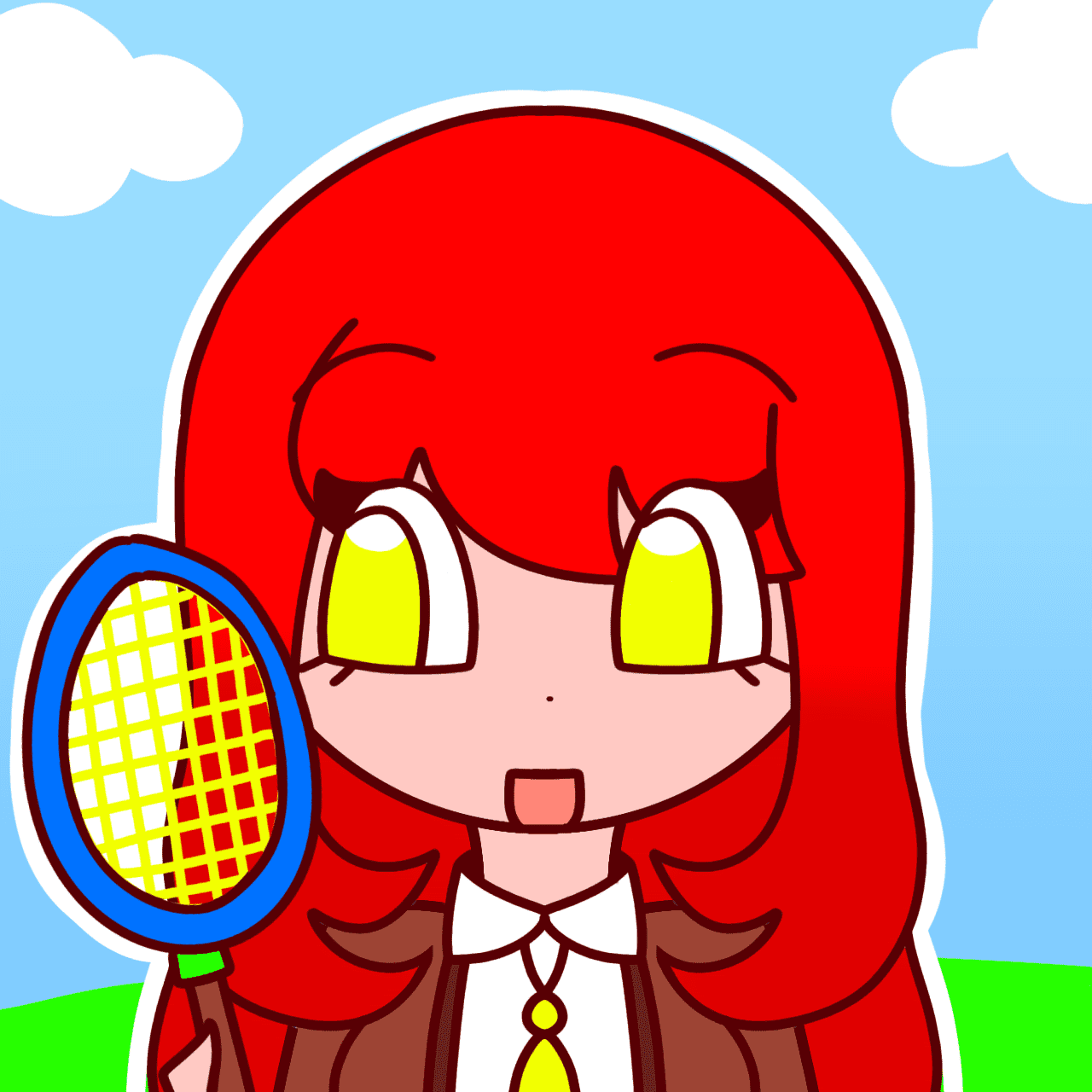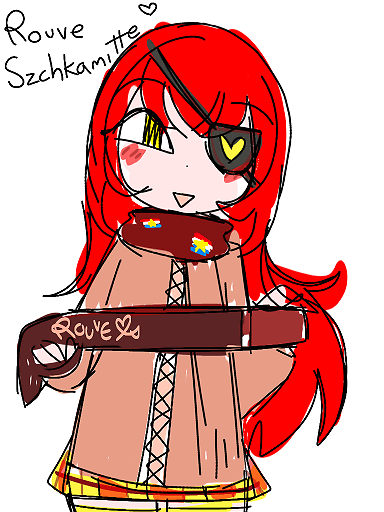Because it is officially the best sport to ever exist. Tennis is fun. Tennis is life. Tennis is a racket sport that is played either individually against a single opponent (singles) or between two teams of two players each (doubles). Each player uses a tennis racket strung with a cord to strike a hollow rubber ball covered with felt over or around a net and into the opponent's court. The object is to manoeuvre the ball in such a way that the opponent is not able to play a valid return. If a player is unable to return the ball successfully, the opponent scores a point. Playable at all levels of society and at all ages, tennis can be played by anyone who can hold a racket, including wheelchair users. The original forms of tennis developed in France during the late Middle Ages. The modern form of tennis originated in Birmingham, England, in the late 19th century as lawn tennis. It had close connections to various field (lawn) games such as croquet and bowls as well as to the older racket sport today called real tennis. The rules of modern tennis have changed little since the 1890s. Two exceptions are that until 1961 the server had to keep one foot on the ground at all times, and the adoption of the tiebreak in the 1970s. A recent addition to professional tennis has been the adoption of electronic review technology coupled with a point-challenge system, which allows a player to contest the line call of a point, a system known as Hawk-Eye. Tennis is played by millions of recreational players and is a popular worldwide spectator sport. The four Grand Slam tournaments (also referred to as the majors) are especially popular and are considered the highest level of competition for the sport. These tournaments are the Australian Open, played on hardcourts; the French Open, played on red clay courts; Wimbledon, played on grass courts; and the US Open, also played on hardcourts. Additionally, tennis was one of the original Olympic sports, and has been consistently competed in the Summer Olympic Games since 1988.
Historians believe that the game's ancient origin lay in 12th-century northern France, where a ball was struck with the palm of the hand. Louis X of France was a keen player of jeu de paume ("game of the palm"), which evolved into real tennis, and became notable as the first person to construct indoor tennis courts in the modern style. Louis was unhappy with playing tennis outdoors and accordingly had indoor, enclosed courts made in Paris "around the end of the 13th century". In due course this design spread across royal palaces all over Europe. In June 1316 at Vincennes, Val-de-Marne, and following a particularly exhausting game, Louis drank a large quantity of cooled wine and subsequently died of either pneumonia or pleurisy, although there was also suspicion of poisoning. Because of the contemporary accounts of his death, Louis X is history's first tennis player known by name. Another of the early enthusiasts of the game was King Charles V of France, who had a court set up at the Louvre Palace. The word tennis probably comes from French 'tenez', translated as "hold!", "receive!" or "take!", an interjection used as a call from the server to his opponent. It was popular in England and France, although the game was only played indoors, where the ball could be hit off the wall. Henry VIII of England was a big fan of this game, which is now known as real tennis. An epitaph in St Michael's Church, Coventry, written c. 1705, read, in part: Here lyes an old toss'd Tennis Ball: Was racketted, from spring to fall, With so much heat and so much hast, Time's arm for shame grew tyred at last. During the 18th and early 19th centuries, as real tennis declined, new racket sports emerged in England. The invention of the first lawn mower in Britain in 1830 is believed to have been a catalyst for the preparation of modern-style grass courts, sporting ovals, playing fields, pitches, greens, etc. This in turn led to the codification of modern rules for many sports, including lawn tennis, most football codes, lawn bowls and others. Thanks Wikipedia
In: Doriverse, Around Chi, Paint Paladeers
Rouve Szchkamitte
"Come, come! Let us play a match of tennis together! I will go easy on you, if that is what you want."
―Rouve, to unknown player
Rouve is a main character. She's a silly schoolgirl who likes tennis ALOT. It is her favorite sport and she dreams of pursuing a professional career out of it. Rouve likes weight lifting, adrenaline pumping activities, skirts with pants (with pockets), hardbass & Facedbook. She thinks anything sports and work out related is fun to do, as she likes chalenging her physique. She hates getting bad grades. Rouve trains and works out almost everyday as a habit she built at childhood. Her native language is Русский (Russian), though she speaks English more.
Her energy is the equivalent of 10 sports ball shaped suns. Thanks to a drawing mistake the creator has made, you see that she is officially ambidextreous.
Rouve Szchkamitte

|
|
Rival (By Rukka) |
|
|
|
|
|
|
|
|
|
|
|
|
Quick Answers
Design
Rouve is a slightly tall girl, with an athletic build. Her hair is red, silky and long. It has 2 long sides that are curly. Her bangs are 3 swooshes to the right. She has cartoony shaped, yellow amber eyes with lashes.
Casual
Her casual outfit consits of a white collared shirt, with a yellow tie and a chocolate open sweater. Her skirt is dodger blue and her socks are long, striped yellow and white around 6 times. Her shoes are blue, and the soles have a chocolate background with a red shoelace that resembles a tie.
Personality
Rouve's personally could be summed up as awfully oblivious, energetic, courageous, brave, risk taking, challenging and goodwilled. She is very impulsive and does many things without thinking about it once. Just like Zoro, she is not good when it comes to directions.
Rouve has a sort of mindset where she finds it hard to rest. She believes she's more productive if she always works. It may cause her to have crashes and burn outs, though. Rouve also won't tolerate ANY disrespect. She will call you out for it, and even hit you with her tennis rackets if you're too rude. She's broke over 5 because of this.
Story
Nothing of importance yet. Sorry, please come back soon!
Development

Rouve was originally a sort of spy girl. Then, she was a resident of this like, very huge house owned by Chester's friend Poe. Then, Rouve was supposed to be the fourth family member of Chester, Chi and Audrey. But I thought it was doing too much. How would it have been if she remained that way?
Gallery
https://toyhou.se/27642351.rouve-szchkamitte
Trivia
- Her side hair was inspired by Nilou, Genshin Impact.
- Her racket has been with her since childhood. It is a gift from her parents.
- On the first time she went fishing, she managed to catch the rarest fish in this world (Clownfish).
Featured in...
- Nowhere, yet.
References
- From the top of my head
My ideal routine This is Rouve's ideal day to day routine, excluding pre-existing plans to go out. Get to know her better!
| Hour |
Activity |
| |
|
| |
|
| |
|
| |
|
| |
|
| |
|
| |
|
Art Credits:
@elisd4 on Discord: footer
